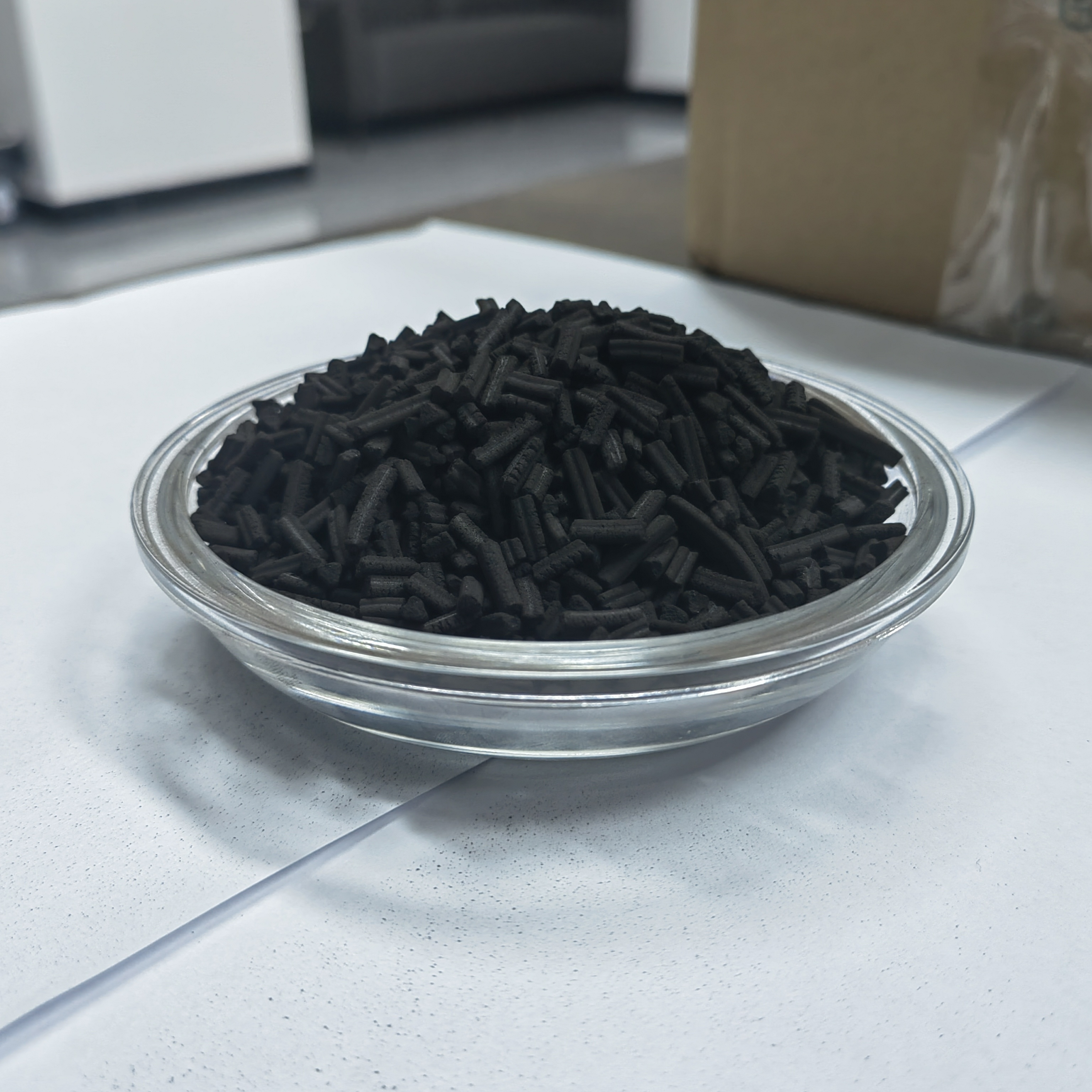How does the ozone catalyst perform at high temperatures?
The performance of ozone catalysts under high-temperature conditions is closely related to their preparation process and carrier material. Catalysts prepared by high-temperature sintering usually have a more stable structure and higher catalytic activity. For example, by using stereoscopic framework technology to increase the number and uniformity of micropores at high temperatures, the specific surface area and active surface can be enhanced, making the catalyst less prone to powdering and extending its lifespan (such as ≥2-3 years). The ozone decomposition catalyst products from Hunan Xintan are produced through an integrated high-temperature sintering process, with a mechanical strength of ≥100N/each particle, and a specific surface area of ≥200m²/g. They can maintain the stability of catalytic components under high-temperature conditions and prevent the loss of active components . In addition, high-temperature sintering helps the active components form chemical bonds with the carrier (such as the aluminum-based carrier for heterogeneous catalysts), enhancing their resistance to wear and poisoning, and is suitable for ozone decomposition scenarios in equipment such as corona machines. They can maintain an ozone removal rate of over 96% within the range of normal temperature to higher temperatures, and no additional energy input is required. However, it should be noted that if the temperature is too high (such as exceeding the design tolerance range of the catalyst), it may lead to the deactivation of active sites. Therefore, in practical applications, the operating conditions should be controlled in combination with the specific temperature parameters of the catalyst model.

Related News

TOP



